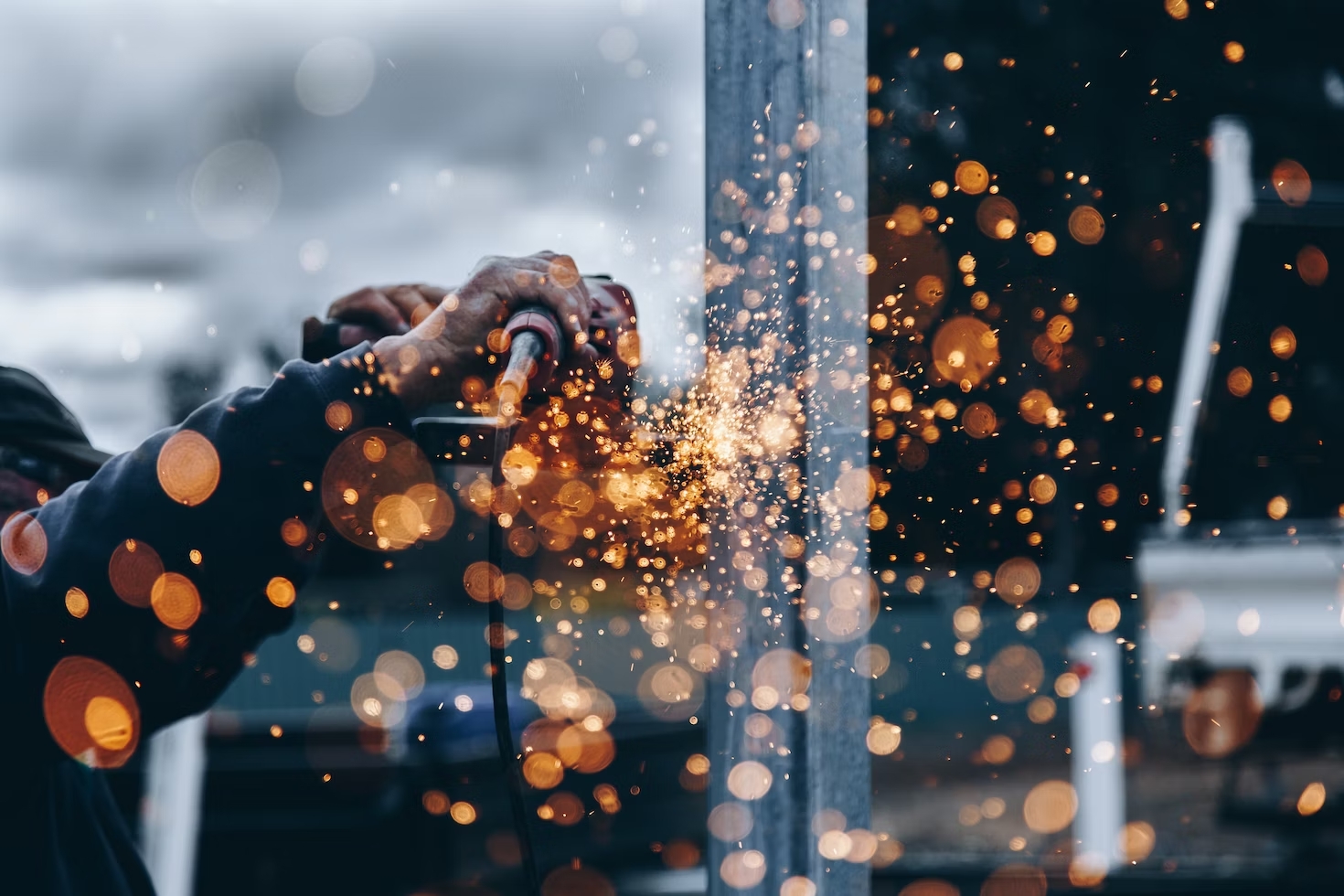Description:
| Inner cavity size | Height 350mm × Width 850mm × Depth 1250mm (X 3 pieces) |
| Dimensions | Height 2030mm X width 1480mm (including control box) X depth 2050mm |
Basic structure
consists of seven parts:
1. Rack part;
2. Inner cavity part;
3. Vacuum and fill nitrogen part;
4. Electrical control part;
5. External circulation part;
6. Inner circulation part;
7. Cooling system part (optional).
Product description
High vacuum oven is used for dewatering and baking equipment for lithium battery cells and pole pieces. Compared with conventional traditional ovens, it has stable performance, high vacuum degree, short baking time, good water removal and drying effect, and good pressure retention. Advantages, it is combined with a dedicated high vacuum unit and cooling system to form an independent baking unit, which replaces the conventional traditional oven.
Working principle
Each machine can work in a continuous cycle; the basic process: open the door, put the cells or pole pieces into the oven, and then set the heating time, vacuum time, and nitrogen time. The system will automatically complete heating and regular ventilation according to the set time parameters. , to complete the baking process.
Features
| 1、High vacuum design | The inner cavity is made by standard welding process of pressure vessel, which has high vacuum retention and durability.Long life, no deformation |
| 2、Stable temperature uniformity | Uniformity at constant temperature up to ±2°C |
| 3、Reasonable space design | The cavity size can be designed according to the customer’s battery size to improve space utilization efficiency |
| 4. Precise temperature control | The temperature control adopts the thyristor SSR+PID mode, the thermal inertia is small, and the temperature control effect is good. |
| 5. Heating method | Hot air is used to circulate inside and outside the cavity to keep the temperature inside and outside the furnace cavity consistent, and then through heat radiation and heat conduction, so as to ensure the uniformity of the cavity temperature. When cooling, the heating tube is closed, and the heat inside is taken away by the air circulation, and the cooling speed is accelerated. |
| 6. Six layers of safety protection | Ensure operational safety and product reliability |
| 7. Automatic program control | PLC program controls heating, vacuuming, nitrogen injection, manual/automatic operation can be switched, and timed heating is automatically completed; just set the heating time, vacuum time, nitrogen time, and the program automatically completes the baking and ventilation process |
| 8. The principle of double air duct is adopted inside | This function solves the problem of slow heating of the battery core inside the high vacuum, solves the problem of low temperature of the glass door, and achieves rapid heating and good uniformity. |
Box structure
| 1. Inner cavity size | Height 350mm × Width 850mm × Depth 1250mm (X 3 pieces) |
| 2. Dimensions | Height 2030mm X width 1480mm (including control box) X depth 2050mm |
| 3. Shell material | A3 cold-rolled steel plate, paint treatment, the color is gray-white-orange |
| 4. Liner material | Stainless steel industrial wire drawing board, thickness: 4.0mm |
| 5. How to open the door | single door |
| 6. Inner tank sealing ring | Silicone rubber O-rings are formed by casting open molds, which are resistant to high temperature and corrosion. |
| 7. Control method | PLC automatic control mode, touch screen operation |
| 8. Position and interface specifications of vacuuming and nitrogen filling | The interface is located at the rear of the device; the vacuuming interface is KF40, and the drying gas interface is ¢12mm trachea interface |
Vacuum and Temperature Control
| 1. Vacuum degree | The vacuum degree of the empty cavity is less than or equal to 10pa, the vacuum degree of the fully loaded cavity is 50pa–100pa, and the air leakage for 24 hours is less than or equal to 500pa |
| 2. Heating method | The internal and external double circulating air is adopted, and the internal and external double heat sources are double controlled. The heating method is controlled by heat radiation, heat conduction and electric heating. |
| 3. External heating structure | U-shaped circulating air is adopted, the air is discharged from the left, the air is sucked from the right, and the air is exhausted from the upper and lower sides to achieve temperature consistency. |
| 4. Internal heating structure | Adopt the principle of double air duct |
| 5. Main heating temperature control | Temperature control accuracy within ±0.5℃ |
| 6. Temperature error in the box | ±2°C (empty box, constant temperature); ±4°C (full load, constant temperature) |
| 7. Temperature range | Room temperature+10℃~100℃ |
| 8. Heating rate | Room temperature~85℃≤30 minutes (at normal pressure, no-load state, the time for the instrument to reach the set temperature) The temperature stabilization time in the furnace is 60 minutes (empty box); room temperature ~85℃≤45 minutes (full load state, the instrument reaches the set Temperature time) The temperature stabilization time in the furnace is 80-100 minutes (full load); |
| 9. Heating state | From room temperature to the set value, the temperature rises in a curved state, and after constant temperature, it is in a straight line state |
| 10. Cooling method | The cold air system is connected to the external air duct, and the cooling is alternately conducted from the outer air duct of the inner tank; the interior uses a vacuum |
| 11. Cooling time | Alternate cooling with nitrogen |
| 12. Box surface temperature | ≤95 minutes (empty box, 100℃~55℃, core detection), full load test time ≈100min (depending on battery size and capacity) |
| 13. Each layer operates independently | The temperature in the furnace is 100 °C, and the surface temperature is ≤ room temperature + 15 °C |

Click one of our contacts below to chat on WhatsApp